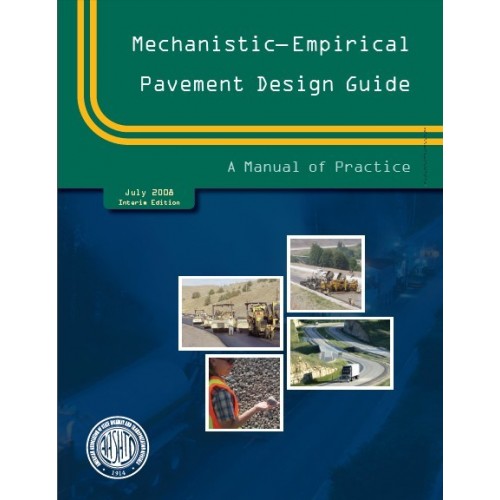
The junction strength was found to be equal to the rib strength in each direction. The stiffness and strength of the junctions will have a direct impact on performance of the geogrid.įor TriAx geogrids, rigorous testing has been conducted in line with each of the three rib directions. In order for the geogrid to confine the aggregates, the junctions need to remain intact. The shape and high profile of the ribs provide a very positive interlock with the aggregate particles.Įfficient junctions help to transfer the load applied to a mechanically stabilised layer into the geogrid.

The shape of the vertical sides of the ribs is slightly concave. TriAx geogrid has higher rib profile than conventional biaxial geogrids of the same weight. High aspect ratio of the ribs allows greater vertical contact with the aggregate these properties allow the geogrid to restrict aggregate movement caused by the dynamic loads from the traffic movement, thereby distributing the load over a larger area. Tensar TriAx geogrid improves aggregate stability by locking the aggregates/rock fill together, the triangular shape of TriAx geogrids ensures excellent shape and rigidity. Tensar TriAx geogrid, because of its hexagonal geometry, offers near circular 360⁰ stabilisation of the unbound aggregate layers of base and sub-base. The radial nature of loads requires radial response from the geogrid used for stabilisation of unbound aggregate layer. When a wheel travels on the road surface, the load from wheel is distributed radially through the pavement layers. In the last years, a new approach to design of pavements incorporating geogrids, called Pavement Optimisation (PO), have been proposed and Indian Road Congress (IRC) has published IRC SP 59 -2019 “Guidelines for use of geosynthetics in Road Pavements and Associated Works” elaborating the use of geogrids in this application and the procedures.ĭuring the course of time geogrids have been constantly developed to create more efficient products, the latest significant development being the introduction of hexagonal structure stabilisation TriAx geogrids in 2007.

However, the influence of geogrid was not taken into account in the pavement design itself. Traditionally the geogrids were used in soil improvement layers – capping or subbase – to help reach some required bearing capacity under the base and asphalt layers.

One of the well-known and well-researched solution is the use of geogrids in pavements – something that is being done since early 80’s.


 0 kommentar(er)
0 kommentar(er)
